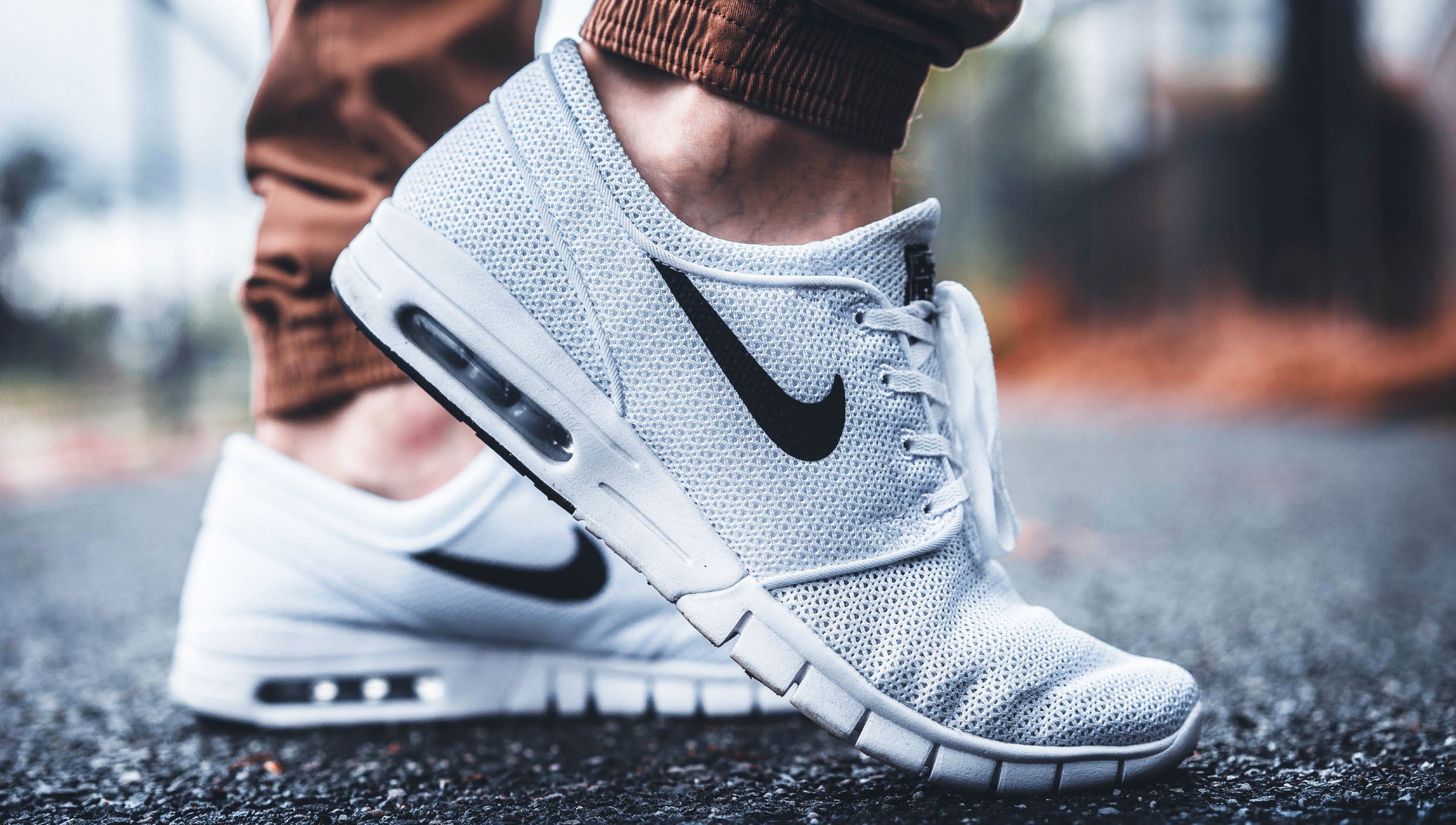From our Fund Manager’s Desk
Our quarterly reports regularly explore the investment rational of one of the companies we own in the Fund, to articulate what we find compelling. This time round we have chosen Nike.
A recent purchase for the fund has been Nike. As an early adopter of global supply chains, it become one of the world’s great marketing and manufacturing success stories. We also believe it has an equally compelling future.
It was a slow start for the sports shoe and apparel company. Founded in the sixties by two athletes Bill Bowerman and Phil Knight, the company initially struggled to grow sales for more than a decade. Bowerman, a field coach at the University of Oregon, was looking for ways to enhance his student’s performance. Knight, a middle-distance runner who trained under Bowerman, brought business nous to their partnership by pushing for manufacturing to be offshored to Japan that happened to be lower cost at the time.
The idea was to shake-up the control German giants Adidas and Puma had on the running-shoe market by using skilled Japanese labour to manufacture not only a cheaper but better-quality running shoe. Given that this idea was floated at a time before global supply chains were mainstream, the suggestion initially fell on deaf ears. The naysayers were proved wrong. A few decades later, what started off as a $20,000 revenue business had grown into one the most recognized brands in the world.

Nike has more than 500 factories in over 41 counties. Having had an early advantage in understanding the benefit of diversifying supply chains across regions, Nike has reduced single country risk. In addition to the regional diversification of their plants, their modern and agile production line enables the company to adapt inventory to meet fast-changing consumer needs, something that has benefitted sales substantially.
The equally important differentiator is to get consumers to buy your product. The more effective advertising model, as Nike correctly identified at the start, was to get celebrities to endorse your product for you. The model was well ahead of today’s celebrity-driven culture. Looking back over Nike’s history, this strategy coupled with clever timing of new launches delivered results to the envy of their peers.
A case in point was eighties tennis star John McEnroe. After he hurt his ankle and started wearing Nike’s three[1]quarter-top shoes, sales of the style grew ten-fold to over one million pairs. The Air Jordan line, endorsed and created in collaboration with the basketball legend Michael Jordan, continues to be Nike’s top-selling brand with incremental growth coming from China. More recently, adverts sponsoring athletes like Tiger Woods and Colin Kaepernick and have become highly topical, thereby increasing the brand’s awareness. Being one of the very few sponsors standing by Tiger during his darkest times, its estimated that his Master’s win is worth about $22 million* to Nike.
This, combined with the reach of social media, has proved to be a game changer for Nike. When tracking both traditional and non-traditional consumer engagement metrics that measure brand health, we are encouraged by the strength and momentum behind Nike. On Facebook, Instagram and Google, evidence points to consumers who cannot get enough of the brand. Digital channels provide Nike with rich data sets that are then mined to ensure their products are designed to meet the needs and desires of consumers. Having live access to track what’s trending, agile manufacturing chains to adapt inventory and ecommerce channels that allow Nike to sell directly to their consumers makes Nike stand apart and well positioned to drive future growth.
Despite concerns around Chinese consumers potentially boycotting US brands due to trade wars, Nike continues to deliver strong sales in China. The country is their second largest revenue contributor. In the ensuing decade Nike is likely to find a second wind, driven by China. Basketball is tremendously popular in China with more than 300 million active basketball players* - almost the size of the entire US population. With a high affinity for Nike products - Nike is the no.1 basketball brand globally - and encouragement by the Chinese government towards sports participation, we view the health and wellness trend as a structural tailwind supportive of future sales growth. Invest in Nike - just do it





